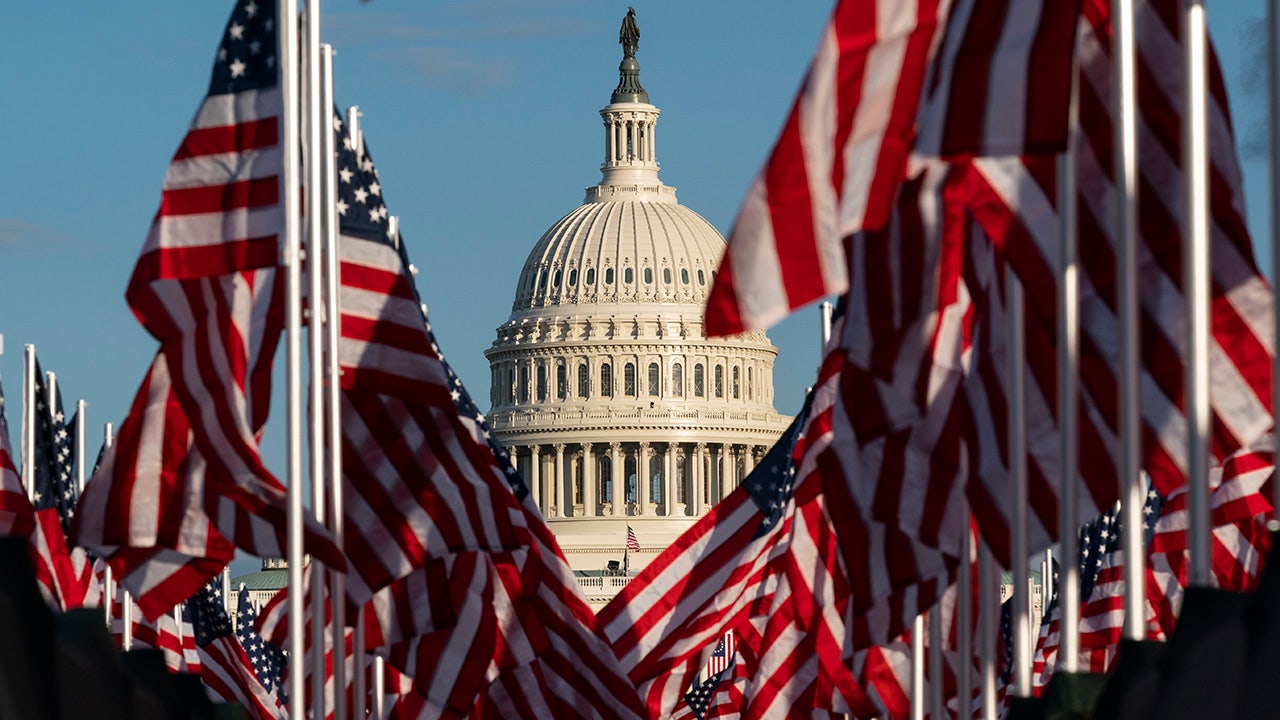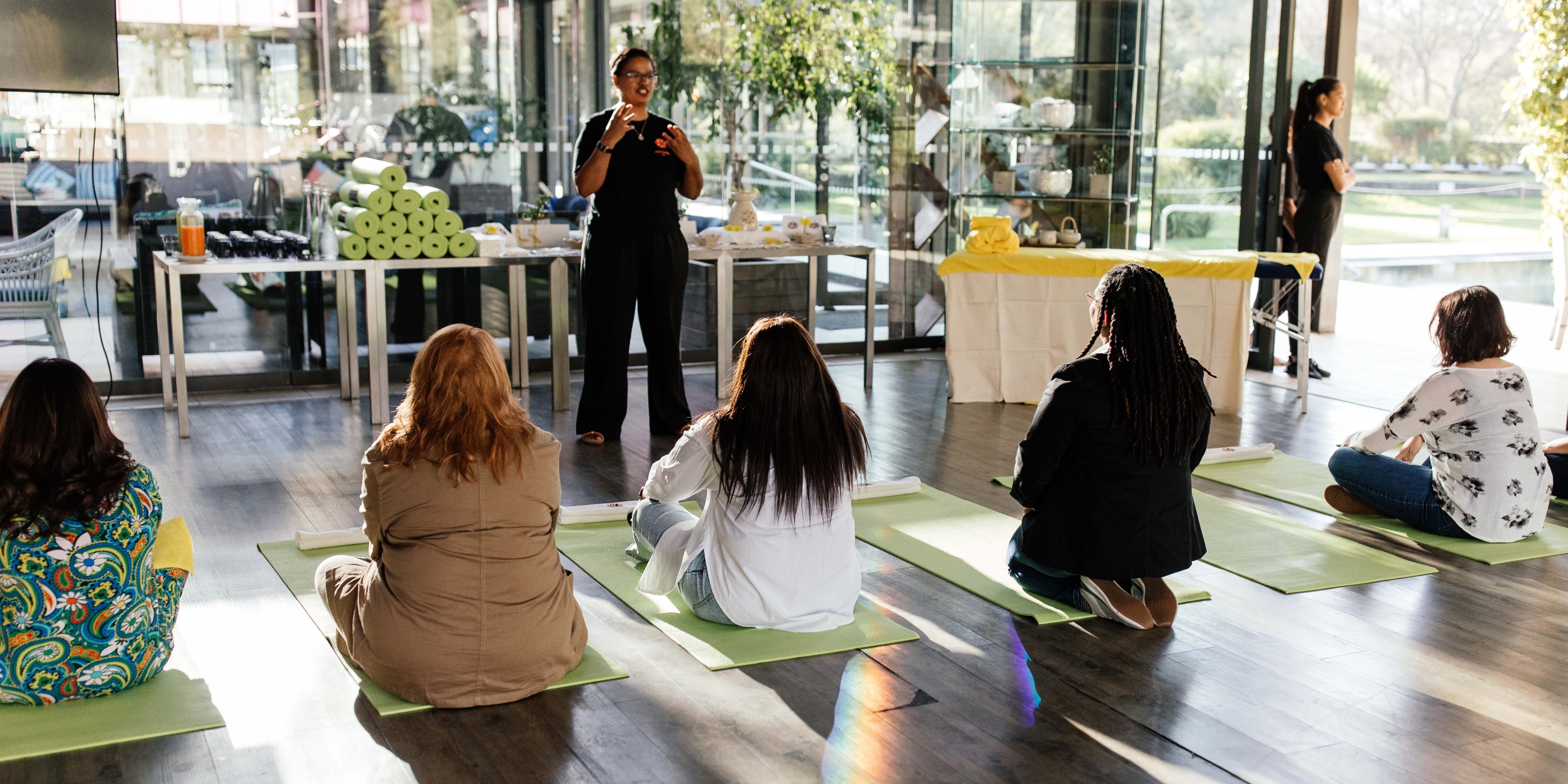Spine surgeon’s 6 tips to be more comfortable on economy flights

Brace yourself — AAA predicts that 7.85 million Americans will cram into overstuffed airplanes between Saturday, Dec. 21, and Wednesday, Jan. 1, to get away for the holidays.
Some of the most stressful aspects of seasonal air travel, like weather delays, lost luggage and long lines of weary wanderers, are out of your control. But you can manage your joint health during your trip.
Economy flying, in particular, is known to cause soreness and stiffness. That’s why Dr. Alexander Butler, spine surgeon and associate professor of orthopedic surgery at Lenox Hill Hospital, is sharing six tips for being more comfortable from takeoff to landing.
“Failing to prepare is preparing to fail!” Butler told The Post. “A little prep work ahead of time can go a long way to ameliorate the potentially harmful effects of flying on your health.”
Pack smart
“Generally speaking, rolling carry-on luggage makes transport through the airport much simpler,” Butler said.
He suggests taking advantage of the overhead bin so you can use the space beneath the seat in front of you to arrange your legs into the least painful position.
If you have trouble lifting your luggage, ask a fellow passenger or an airline employee for help.
Stretch before the flight
Prolonged sitting can tighten hip flexors and hamstrings and weaken abdominal muscles and glutes.
“This leads to anterior tilt of the pelvis, which is a very common cause of low back pain,” Butler explained.
If you’re prone to back pain after flying, Butler recommends performing a series of movements twice a day several days before boarding the plane.
- Hip flexor exercises stretch the muscles in the upper thigh that stabilize the hip.
- Cossack squats are a spin on the traditional squat that involves shifting almost all your body weight to one leg at a time.
- The bird dog stretch is a core-strengthening exercise that requires getting on all fours, engaging your abs, drawing your shoulder blades together, extending your right arm and left leg and then switching to your left arm and right leg.
- The lying glute bridge has you lying on your back with your knees bent and lifting your hips off the ground by squeezing your glutes.
- Planks can strengthen your back and stabilize your core.
Choose the right seat
If you don’t already have an assigned seat on the plane, go for the aisle.
“To minimize prolonged periods in a single position, I think it is highly beneficial to get up, stand or walk for several minutes at least once per hour while on a long flight,” Butler said. “An aisle seat can make this much more convenient.”
Adjust your posture
Butler notes that plane seats encourage a slouched upper back and neck and a forward shoulder tilt.
“Any active effort to pull the shoulders down and back while tucking the chin and neck into the chair itself can mitigate this,” Butler said.
Stay hydrated
Water is important for lubricating joints and flushing toxins from the body.
Unfortunately, dehydration is very common on flights, thanks to extremely low humidity levels and dry, recirculated cabin air. In-flight alcohol can worsen dehydration.
That’s why it’s important to drink plenty of water before, during and after travel. Butler recommends taking an electrolyte supplement to help with the absorption and retention of fluids.
“My favorite trick is to pack an empty water bottle and a nutritious meal with a disposable container in my carry-on,” Butler advised. “This keeps me well-hydrated and well-fueled without needing to spend extra money on whatever is offered before or during the flight.”
Relieve pain after the flight
If you’re feeling pain during the flight or after landing, Butler suggests a combination of ibuprofen and acetaminophen. And don’t forget to move.
“Ultimately, pain from a flight is likely due to a stiff muscle, joint or other structure,” Butler said. “The best fix for this is to restore normal motion through physical activity, stretching or corrective exercise as soon as travel is complete.”
link



.jpg?tr=w-1200,fo-auto)

